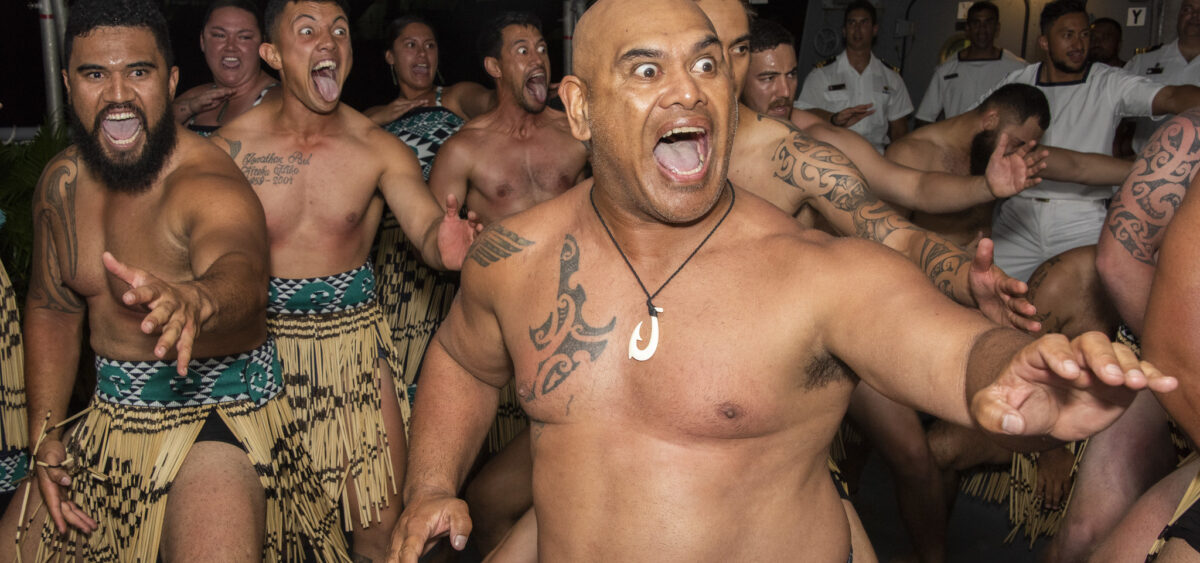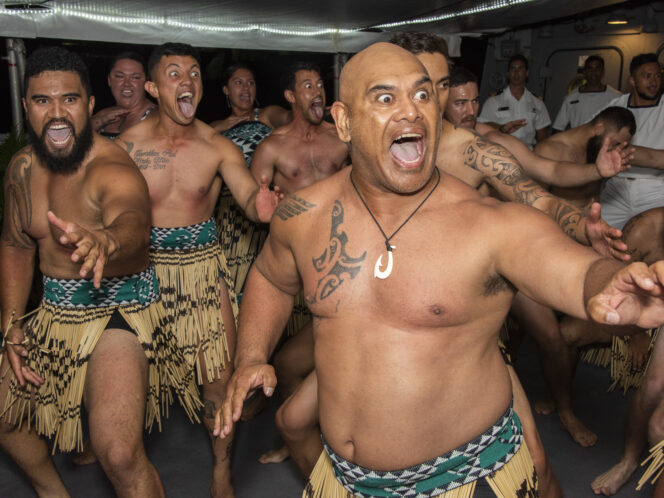
After years of suppression of their cultural identity, the Māori are shaking off the last of the colonial shackles. The change began with a symbolic gesture—a refusal to wear a tie in Parliament. But the stakes for the Indigenous people of New Zealand are much higher than just the way they dress or the right to wear ritual face tattoos. Thanks to a large number of representatives in Parliament, they finally have a real say in the life of their community and country.
The precedent took place unexpectedly. A long time ago, lawmakers in the House of Representatives decided that a tie-wearing politician is ‘less quarrelsome’ and they ceremoniously demanded that all men wear one during plenary sessions. They turned out to be right—in a way. In February 2021, 40-year-old MP Rawiri Waititi broke the rule, causing an uproar (although, let’s make it clear, the cause was noble). Instead of a tie, he wore a traditional green hei-tiki pendant, which he dubbed “Māori business attire.” When Speaker Trevor Mallard told him to leave the House, Waititi responded: “It’s not about ties, it’s about cultural identity,” calling the garment a “colonial noose”, after which the mayhem began. Some people were outraged, while others believed it was time for changes.
At the next session, the rebellious MP was symbolically supported by his colleagues who also arrived tieless. The protest was easy to organize, since the current Parliament is the most diverse in New Zealand’s history. Māori MPs make up 21% of all representatives, along with 11% LGBTQ+ members and 8% coming from various pacifist movements. Almost half (48.5%) of all the MPs are women, placing New Zealand in fifth place globally. To put this in perspective, only 27% of all congresspeople and senators are women.
It soon turned out that, despite what Speaker Mallard believed, Waititi did not need to wear a tie after all. A vote was held soon after, and those MPs for whom ties were not a part of their cultural identity were excused from wearing one. Rawiri Waititi announced triumphantly that it was a symbolic victory not only for the Māori, but also for all the Indigenous communities of the world. He paid tribute to his ancestors who fought in defence of their








